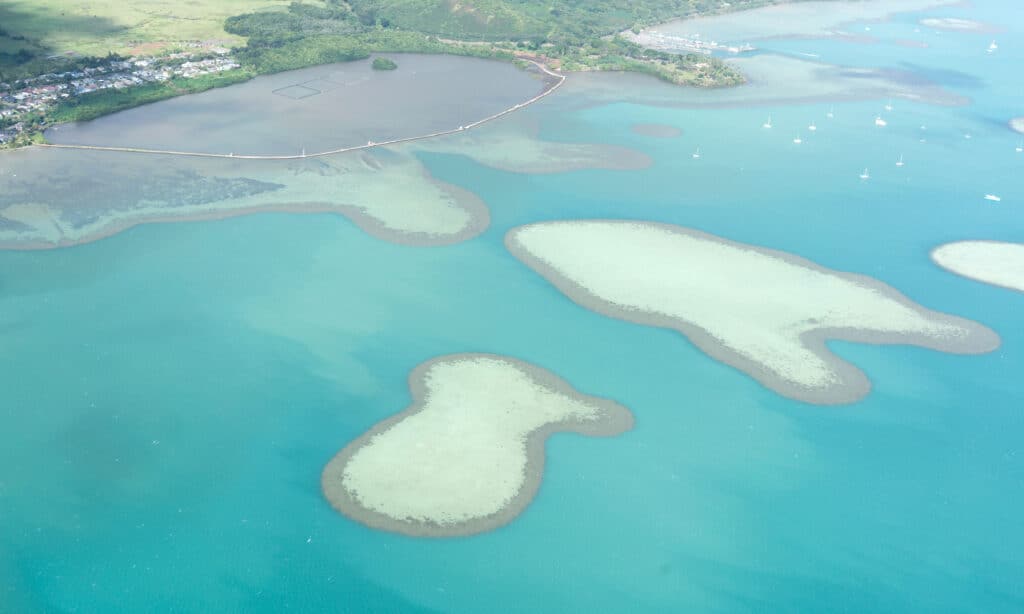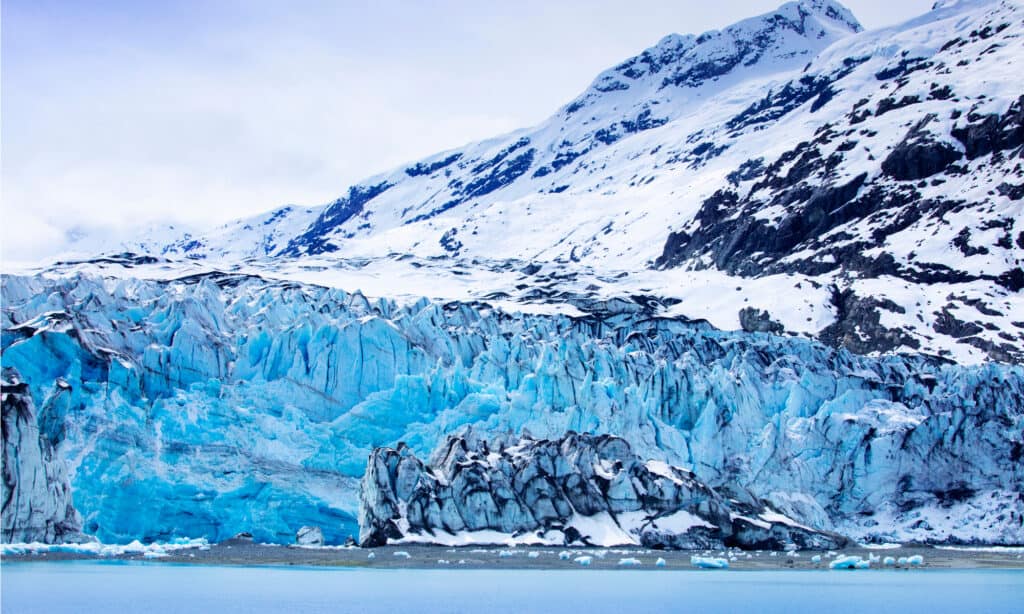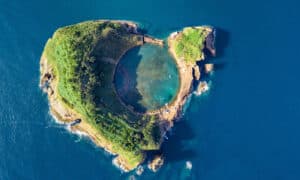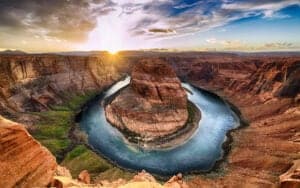Bodies of Water: The Complete List of Water Types
@media (min-width: 481px) {
.mobile-top-content {
display: none;
}
}
#mobileTopContentCTACarouselControls { overflow: hidden; text-overflow: ellipsis; white-space: nowrap; }
.mobile-top-content .more { color: #fff; }
.mobile-top-content a { color: #fff; text-decoration: underline; }
.mobile-top-content a:hover { color: #fff; text-decoration: underline; }
@media (max-width: 480px) {
.mobile-top-content {
background-color: #06a10b;
color: #fff;
text-align: center;
/*height: 60px;
padding-top:5px;*/
font-size:80%;
/* display: block; */
margin: 0px -30px;
}
}
The world is home to many different bodies of water. Although it’s easy to say that many waterways are connected and don’t need special words to describe them, it’s important to know the difference between a bay and a lagoon. Today, we’re looking at the names and definitions for all bodies of water. Take a look at our list and learn the different terms that apply to various types of water bodies.
The Complete List of Bodies of Water

iStock.com/violet-blue
Consider this complete list of bodies of water found in the world in alphabetical order. Some terms may have been excluded for reasons of conciseness. Others didn’t make the list because they are local terms for waterbodies that are covered in other definitions.
Bodies of Water A-N

wu hsoung/Shutterstock.com
Arroyo: a channel or stream that only runs after rain and is dry the rest of the time.
Basin: a place where rainfall collects and runs into a common outlet like a river.
Bay: a body of water that is surrounded on land by three sides, and usually found near the ocean.
Bayou: a swampy portion of a river or lake with water that moves slowly; a common term for creeks and lakes in the southern United States.
Bight: a wide bay that barely cuts inland.
Bog: a wetland with freshwater that has saturated peat moss and other decaying plant matter.
Bourn: a small stream, brook, or seasonal stream; called a burn in Scotland.
Brook: a small creek or stream.
Canal: a manmade waterway that connects to oceans, lakes, and rivers.
Channel: the area in which a river, stream, or strait flows, complete with the banks and bed.
Cove: a sheltered bay with a small entrance.
Creek: a stream of water that is smaller than a river and usually a tributary to a river.
Delta: a flat, low-lying area where a river ends, often splitting into several branches before it reaches another river, the ocean, or another body of water.
Distributary Channel: a stream that flows away from the main channel of a river.
Draw: a stream or creek that only fills after heavy rain but remains dry the rest of the time; an arroyo or wadi.
Estuary: a partially closed-off coastal body of water where rivers meet the ocean.
Fjord: a narrow, deep inlet of the sea that is bordered by steep slopes or cliffs.
Glacier: a large body of dense ice that slowly moves in a given area.
Gulf: a body of water that is bordered on three sides by land and much larger than a bay.
Harbor: a sheltered waterbody that is often used to dock ships and boats due to a low or absent current.
Impoundment: a body of water that is purposefully contained in an artificial enclosure; a reservoir that is created by a dam.
Inlet: a recess in a shoreline at the sea, river, or lakes; a small, narrow arm of a sea.
Kettle Lake: a small, shallow body of water formed when retreating glaciers lose chunks of ice, and the ice became trapped in sediment; such a waterbody is formed by floodwaters draining.
Lagoon: a shallow body of water, typically seawater, that is separated from the rest of the sea by sand, rocks, and vegetation.
Lake: a freshwater body of water that is bound by land, larger than a pond, and usually freshwater; may be artificial such as a reservoir, or naturally occurring.
Lick: a small, temporarily flowing stream.
Loch: a Scottish term that most often refers to lakes but may also refer to inlets, bays, and estuaries.
Mangrove Swamp: a coastal waterbody with high salinity and mangrove trees.
Marsh: a perpetually waterlogged area of low-lying land that floods as a result of rain or tidal shifts, and usually features large herbaceous plants, reeds, rushes, and grasses.
Mere: a lake that is exceptionally broad compared to its depth.
Moat: a manmade trench, sometimes filled with water, used to protect another area.
Bodies of Water O-Z

iStock.com/Iren_Key
Ocean: the significant waterbody that covers the majority of the planet’s surface, often broken down into several smaller bodies for the sake of identification.
Oxbow Lake: a lake with a U-shape that forms from a river after the water follows a new path from its original meander; called a billabong in Australia.
Pool: any number of small bodies of water, either artificial or natural
Pond: water that is smaller than a lake but has similar properties to one and can be natural or artificial.
Puddle: a small buildup of water on the ground’s surface.
Reservoir: an area that is used to store water, especially in reference to dammed rivers and the artificial lakes they create.
Rill: a small, shallow channel of water that may be natural or artificial.
River: a naturally occurring moving body of water with boundaries that drains into another water, typically other rivers or oceans.
Sea: a large area of an ocean that is partially enclosed or nearly completely surrounded by land or a defined body of water such as the Sargasso Sea; the ocean.
Seep: an exceptionally small body of water that is formed by a spring.
Source: a place from which a body of water receives its water; a headwaters.
Shoal: an accumulation of sediment covering a submerged ridge; a place where the water in a sea or river is particularly shallow.
Sound: an ocean inlet that is wider than fjord, and bigger than a bay.
Spring: a place where groundwater naturally flows up; hot springs are warmed by geothermal energy.
Strait: a narrow channel that connects two large bodies of water.
Stream: a small body of water that possesses a current, banks, and a bed but remains smaller than a river.
Swamp: a wetland that is perpetually covered with water and possessing woody vegetation with some land rising above the water.
Tide Pool: a rocky pool of seawater that forms next to the ocean.
Tributary: a body of water, usually freshwater, that feeds into a larger body of water without flowing into the ocean.
Wash: also called an arroyo in parts of the United States.
Final Thoughts on Bodies of Water

Millie Bond – Copyright A-Z Animals
This list is meant to be an exhaustive resource of the different bodies of water that exist in the world today. Some local names for bodies of water were removed and other definitions were combined for the sake of clarity and conciseness.
Also, this resource article is a living document that can be changed if new definitions or types of bodies must be included. After all, some terms may have slipped through the cracks and other definitions may need to be updated in the future.
More from A-Z Animals
.more-snake-card-image { max-height:140px !important; }
@media (min-width: 481px) {
.mobile-top-content {
display: none;
}
}
#mobileTopContentCTACarouselControls { overflow: hidden; text-overflow: ellipsis; white-space: nowrap; }
.mobile-top-content .more { color: #fff; }
.mobile-top-content a { color: #fff; text-decoration: underline; }
.mobile-top-content a:hover { color: #fff; text-decoration: underline; }
@media (max-width: 480px) {
.mobile-top-content {
background-color: #06a10b;
color: #fff;
text-align: center;
/*height: 60px;
padding-top:5px;*/
font-size:80%;
/* display: block; */
margin: 0px -30px;
}
}
The world is home to many different bodies of water. Although it’s easy to say that many waterways are connected and don’t need special words to describe them, it’s important to know the difference between a bay and a lagoon. Today, we’re looking at the names and definitions for all bodies of water. Take a look at our list and learn the different terms that apply to various types of water bodies.
The Complete List of Bodies of Water

iStock.com/violet-blue
Consider this complete list of bodies of water found in the world in alphabetical order. Some terms may have been excluded for reasons of conciseness. Others didn’t make the list because they are local terms for waterbodies that are covered in other definitions.
Bodies of Water A-N

wu hsoung/Shutterstock.com
Arroyo: a channel or stream that only runs after rain and is dry the rest of the time.
Basin: a place where rainfall collects and runs into a common outlet like a river.
Bay: a body of water that is surrounded on land by three sides, and usually found near the ocean.
Bayou: a swampy portion of a river or lake with water that moves slowly; a common term for creeks and lakes in the southern United States.
Bight: a wide bay that barely cuts inland.
Bog: a wetland with freshwater that has saturated peat moss and other decaying plant matter.
Bourn: a small stream, brook, or seasonal stream; called a burn in Scotland.
Brook: a small creek or stream.
Canal: a manmade waterway that connects to oceans, lakes, and rivers.
Channel: the area in which a river, stream, or strait flows, complete with the banks and bed.
Cove: a sheltered bay with a small entrance.
Creek: a stream of water that is smaller than a river and usually a tributary to a river.
Delta: a flat, low-lying area where a river ends, often splitting into several branches before it reaches another river, the ocean, or another body of water.
Distributary Channel: a stream that flows away from the main channel of a river.
Draw: a stream or creek that only fills after heavy rain but remains dry the rest of the time; an arroyo or wadi.
Estuary: a partially closed-off coastal body of water where rivers meet the ocean.
Fjord: a narrow, deep inlet of the sea that is bordered by steep slopes or cliffs.
Glacier: a large body of dense ice that slowly moves in a given area.
Gulf: a body of water that is bordered on three sides by land and much larger than a bay.
Harbor: a sheltered waterbody that is often used to dock ships and boats due to a low or absent current.
Impoundment: a body of water that is purposefully contained in an artificial enclosure; a reservoir that is created by a dam.
Inlet: a recess in a shoreline at the sea, river, or lakes; a small, narrow arm of a sea.
Kettle Lake: a small, shallow body of water formed when retreating glaciers lose chunks of ice, and the ice became trapped in sediment; such a waterbody is formed by floodwaters draining.
Lagoon: a shallow body of water, typically seawater, that is separated from the rest of the sea by sand, rocks, and vegetation.
Lake: a freshwater body of water that is bound by land, larger than a pond, and usually freshwater; may be artificial such as a reservoir, or naturally occurring.
Lick: a small, temporarily flowing stream.
Loch: a Scottish term that most often refers to lakes but may also refer to inlets, bays, and estuaries.
Mangrove Swamp: a coastal waterbody with high salinity and mangrove trees.
Marsh: a perpetually waterlogged area of low-lying land that floods as a result of rain or tidal shifts, and usually features large herbaceous plants, reeds, rushes, and grasses.
Mere: a lake that is exceptionally broad compared to its depth.
Moat: a manmade trench, sometimes filled with water, used to protect another area.
Bodies of Water O-Z

iStock.com/Iren_Key
Ocean: the significant waterbody that covers the majority of the planet’s surface, often broken down into several smaller bodies for the sake of identification.
Oxbow Lake: a lake with a U-shape that forms from a river after the water follows a new path from its original meander; called a billabong in Australia.
Pool: any number of small bodies of water, either artificial or natural
Pond: water that is smaller than a lake but has similar properties to one and can be natural or artificial.
Puddle: a small buildup of water on the ground’s surface.
Reservoir: an area that is used to store water, especially in reference to dammed rivers and the artificial lakes they create.
Rill: a small, shallow channel of water that may be natural or artificial.
River: a naturally occurring moving body of water with boundaries that drains into another water, typically other rivers or oceans.
Sea: a large area of an ocean that is partially enclosed or nearly completely surrounded by land or a defined body of water such as the Sargasso Sea; the ocean.
Seep: an exceptionally small body of water that is formed by a spring.
Source: a place from which a body of water receives its water; a headwaters.
Shoal: an accumulation of sediment covering a submerged ridge; a place where the water in a sea or river is particularly shallow.
Sound: an ocean inlet that is wider than fjord, and bigger than a bay.
Spring: a place where groundwater naturally flows up; hot springs are warmed by geothermal energy.
Strait: a narrow channel that connects two large bodies of water.
Stream: a small body of water that possesses a current, banks, and a bed but remains smaller than a river.
Swamp: a wetland that is perpetually covered with water and possessing woody vegetation with some land rising above the water.
Tide Pool: a rocky pool of seawater that forms next to the ocean.
Tributary: a body of water, usually freshwater, that feeds into a larger body of water without flowing into the ocean.
Wash: also called an arroyo in parts of the United States.
Final Thoughts on Bodies of Water

Millie Bond – Copyright A-Z Animals
This list is meant to be an exhaustive resource of the different bodies of water that exist in the world today. Some local names for bodies of water were removed and other definitions were combined for the sake of clarity and conciseness.
Also, this resource article is a living document that can be changed if new definitions or types of bodies must be included. After all, some terms may have slipped through the cracks and other definitions may need to be updated in the future.






